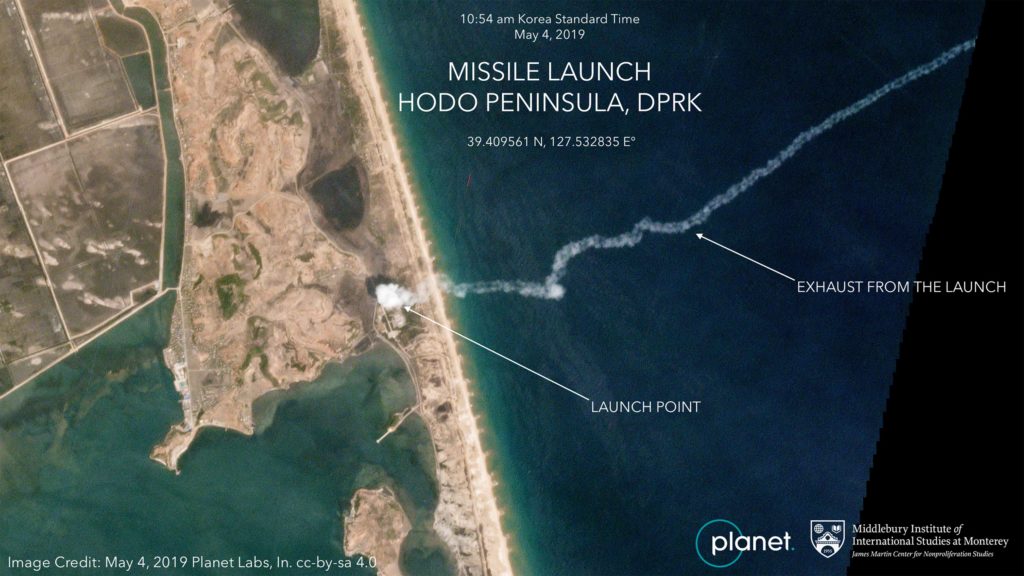The Peninsula
2022 in Review: North Korea and the Pandemic

This is the first piece in a series looking at how the issues identified in KEI’s annual “10 Issues to Watch for on the Korean Peninsula” series and other issues of note developed in 2022. The original “10 Issues” piece can be found here.
Even before the pandemic little information was provided by the North Korean government about most issues, and much of the information officially released was unreliable. Since the outbreak of COVID in early 2020, it has been even more difficult than usual in getting good information. Traditional independent sources about the North dried up as non-citizens have left the North or been denied access to visit.
The initial North Korean response to the international spread of COVID in 2020 was tougher enforcement of isolation. Borders were more tightly guarded, and citizens abroad on business were prohibited from returning to North Korea.
In May 2022, almost two and a half years after the beginning of the COVID outbreak, Pyongyang acknowledged its first COVID cases. Official media reported a “fever” “spreading explosively nationwide beginning in late April.” Official media used the term “fever,” not wanting to admit the existence of COVID cases in the country. But equally important, North Korea had devoted little of its scarce healthcare resources to acquire diagnostic tests to identify and confirm the presence of the disease.
Within a few days of the acknowledgement of the “fever” outbreak, official media reported that some 262,000 individuals were infected, and on May 20, 2022, an unspecified number of confirmed COVID cases were reported. According to official health statistics (which raises reliability questions), the number of individuals with active “fever” peaked at 754,800 on May 19, and declined to less than 200,000 by May 28, and less than 100,000 by June 8 (North Korean COVID-19/Fever Data Tracker). On August 5, officials declared the outbreak over, with no “fever” cases identified during the previous seven consecutive days.
Pyongyang has done little to secure vaccines to blunt the impact of COVID either before the May 2022 outbreak or since. It ignored United States offers of vaccine aid after initial reports appeared on the outbreak. South Korea’s new president extended an offer of vaccine assistance to the North, which also was not accepted. Earlier Pyongyang rejected United Nations and other vaccine offers, including one from Beijing for a Chinese-developed vaccine.
As of this writing, North Korea had launched more than 60 ballistic and cruise missiles and eight intercontinental ballistic missiles in 2022—the largest number of test events since Kim Jong-un assumed leadership in 2011. North Korea also appears ready for another nuclear test, which would be the first such test in over five years. The G-7 Foreign Ministers (the United States, Japan, Canada, Germany, Britain, France and Italy) issued a strong statement at its recent Rome meeting affirming that “North Korea’s hostile military actions demand a united and robust response by the international community.”
The saber rattling in Pyongyang likely has less to do with any heightened military threat to the Kim dictatorship, and much more to do with the domestic response to COVID and its impacts. Increased tensions with the United States and South Korea is a rallying cry for the North Korean people to unite round the Kim regime and put aside concerns about other issues (including healthcare).
Robert R. King is a Non-Resident Fellow at the Korea Economic Institute of America (KEI). He is former U.S. Special Envoy for North Korea Human Rights (2009-2017). The views expressed here are his own.
Image from Planet Labs, Inc. on Wikimedia Commons with no alterations.
